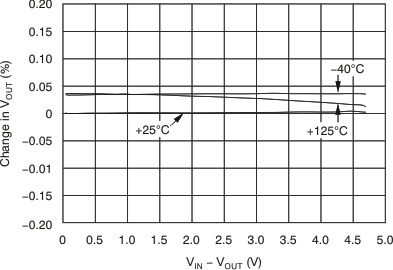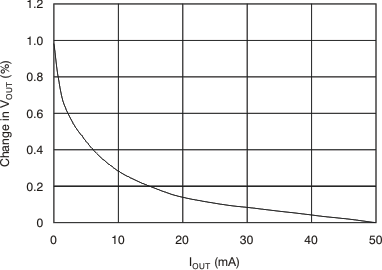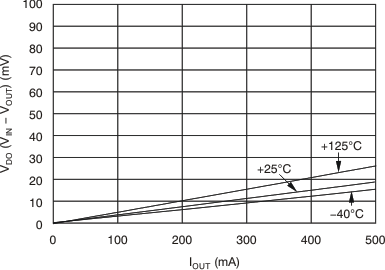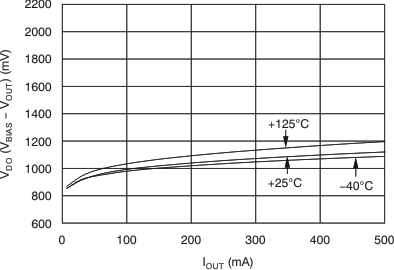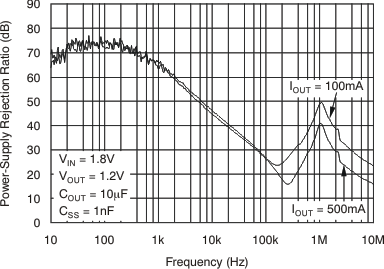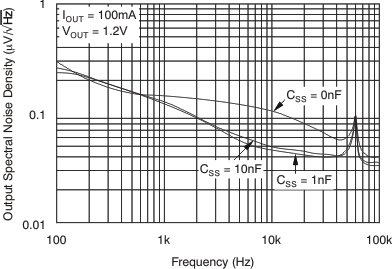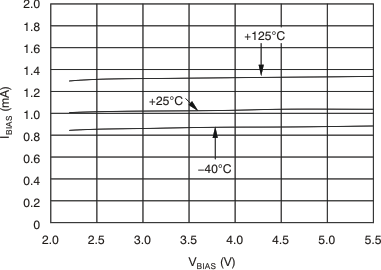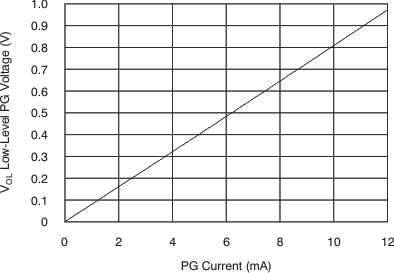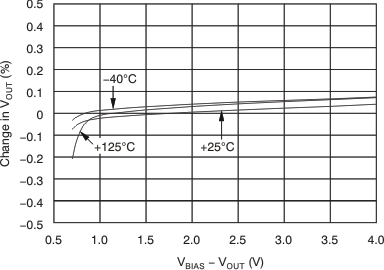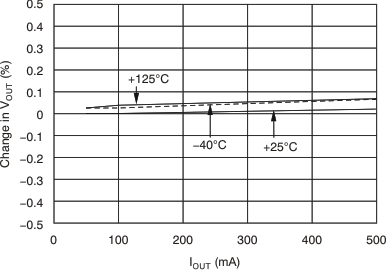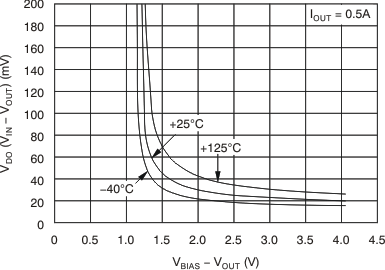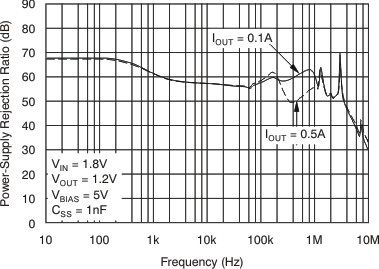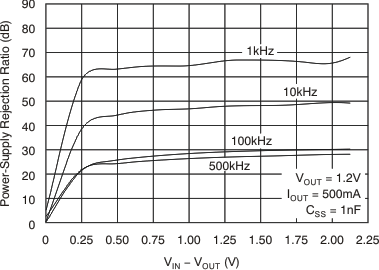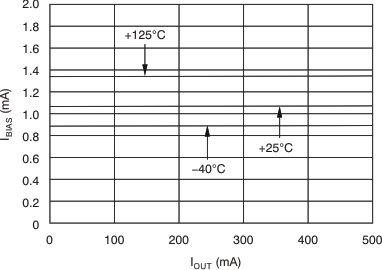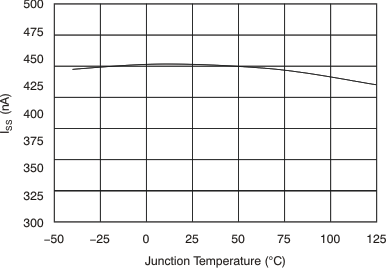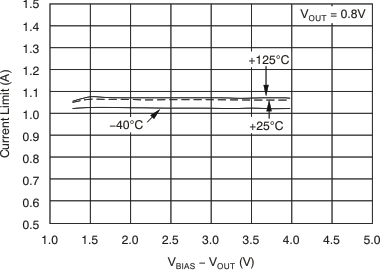SBVS099H november 2007 – april 2023 TPS74701
PRODUCTION DATA
- 1 Features
- 2 Applications
- 3 Description
- 4 Revision History
- 5 Pin Configuration and Functions
-
6 Specifications
- 6.1 Absolute Maximum Ratings
- 6.2 ESD Ratings
- 6.3 Recommended Operating Conditions
- 6.4 Thermal Information
- 6.5 Electrical Characteristics: Other Orderable Devices (non-M3 Suffix)
- 6.6 Electrical Characteristics: Orderable Device (M3 Suffix)
- 6.7 Typical Characteristics: VEN = VIN (All Other Orderable Devices, Non-M3 Suffix)
- 6.8 Typical Characteristics: VEN = VIN = 1.8 V, VOUT = 1.5 V (All Other Orderable Devices, Non-M3 Suffix)
- 6.9 Typical Characteristics: IOUT = 50 mA (M3 Suffix)
- 6.10 Typical Characteristics: VEN = VIN = 1.8 V, VOUT = 1.5 V (M3 Suffix)
- 7 Detailed Description
- 8 Application and Implementation
- 9 Device and Documentation Support
- 10Mechanical, Packaging, and Orderable Information
Package Options
Mechanical Data (Package|Pins)
- DRC|10
Thermal pad, mechanical data (Package|Pins)
- DRC|10
Orderable Information
6.7 Typical Characteristics: VEN = VIN (All Other Orderable Devices, Non-M3 Suffix)
at TJ = 25°C, VIN = VOUT(TYP) + 0.3 V, VBIAS = 5 V, IOUT = 50 mA, VEN = VIN, CIN = 1 μF, CBIAS = 4.7 μF, and COUT = 10 μF (unless otherwise noted)
